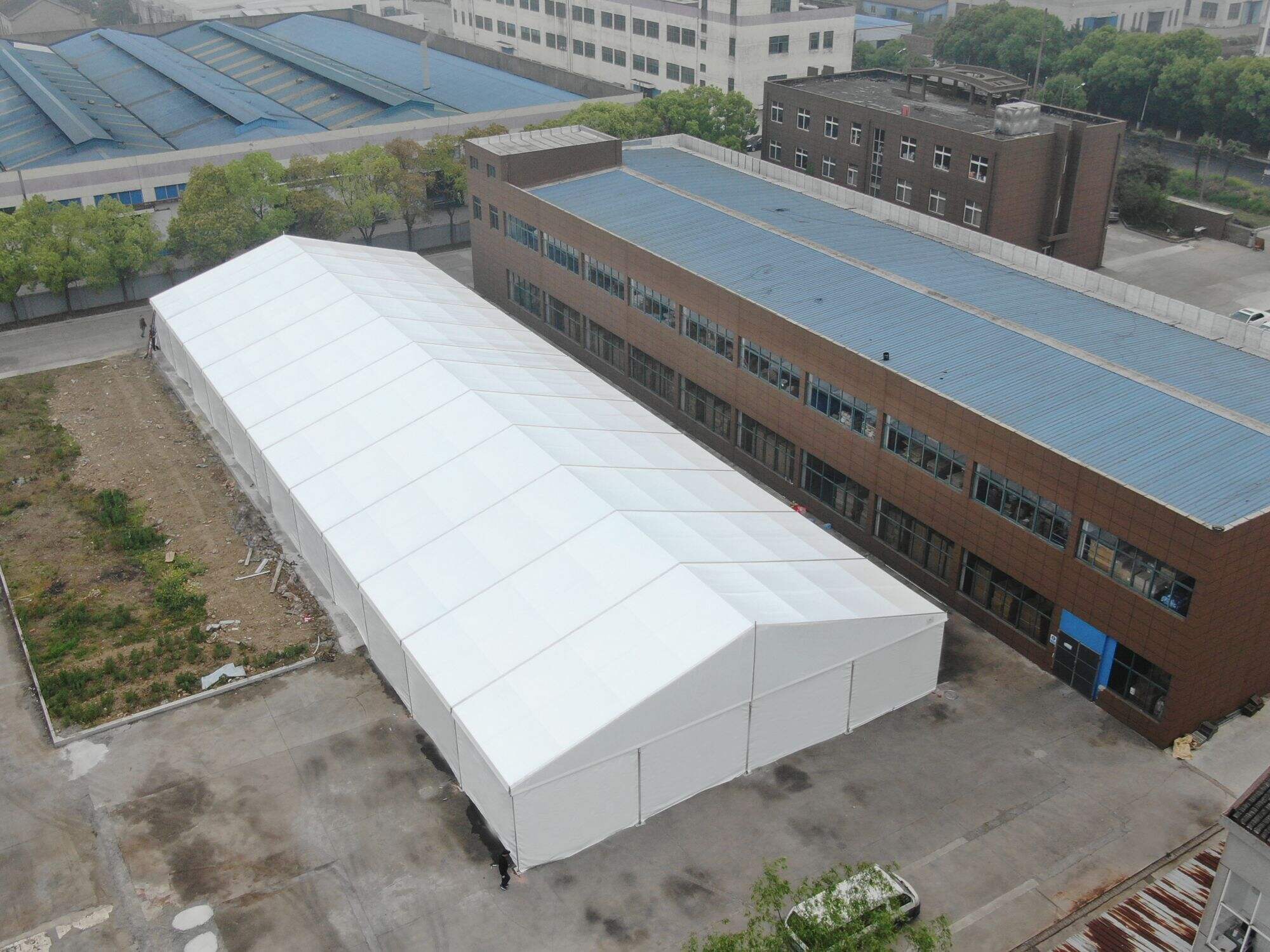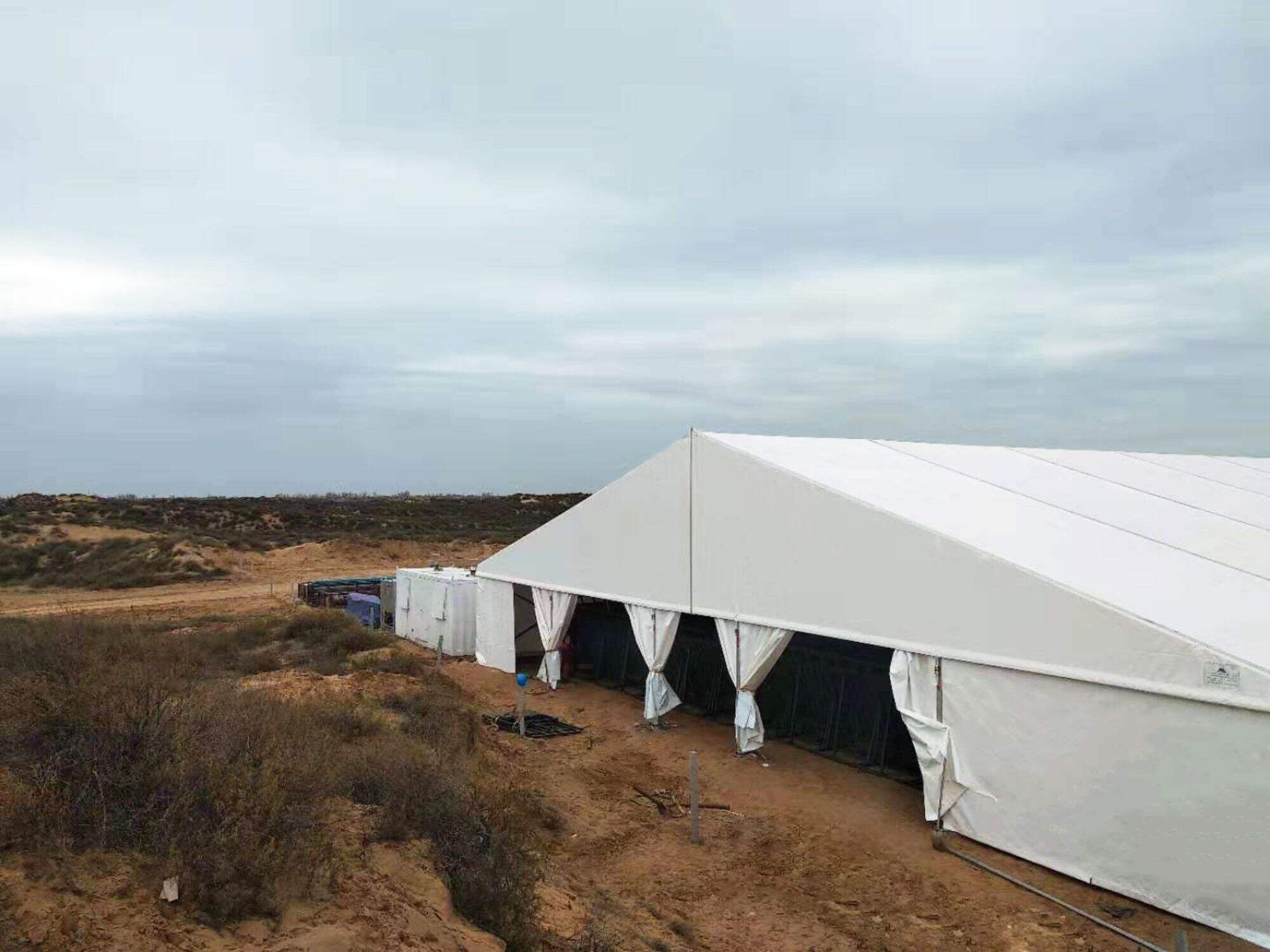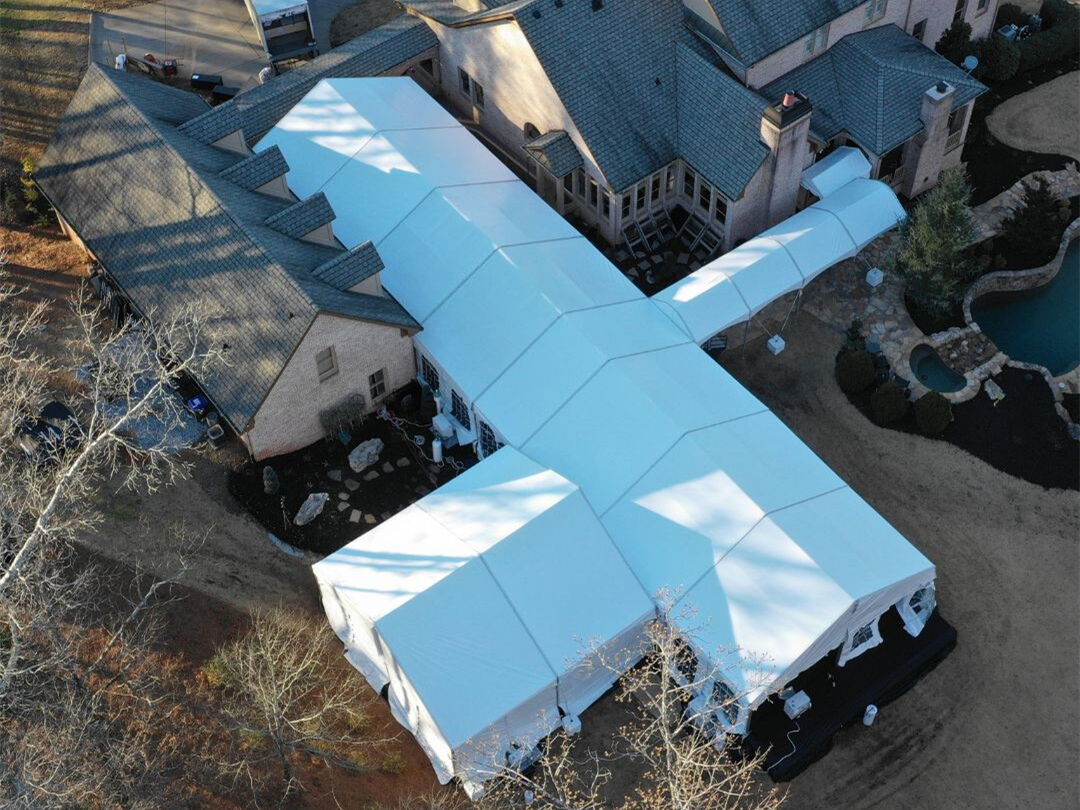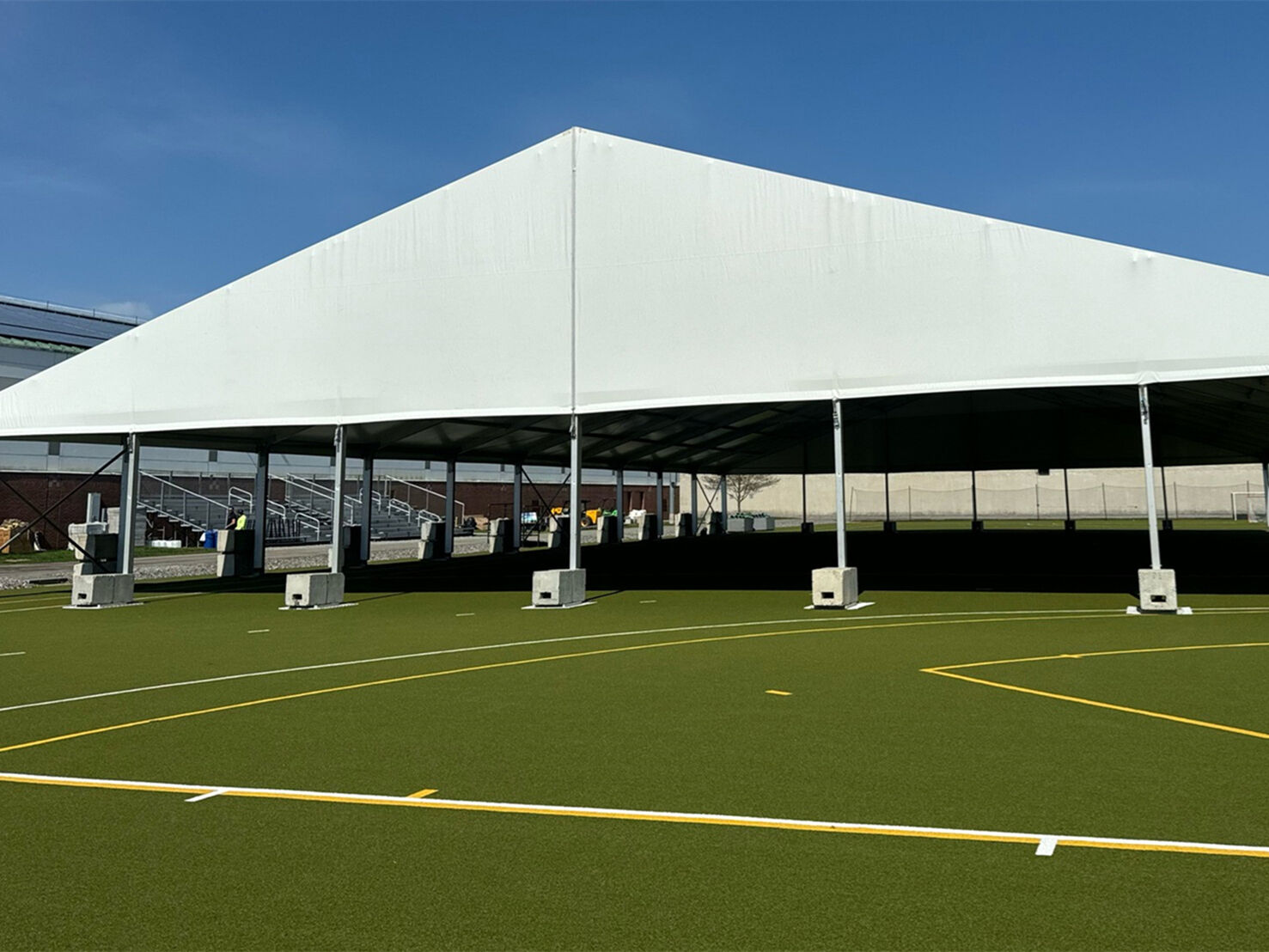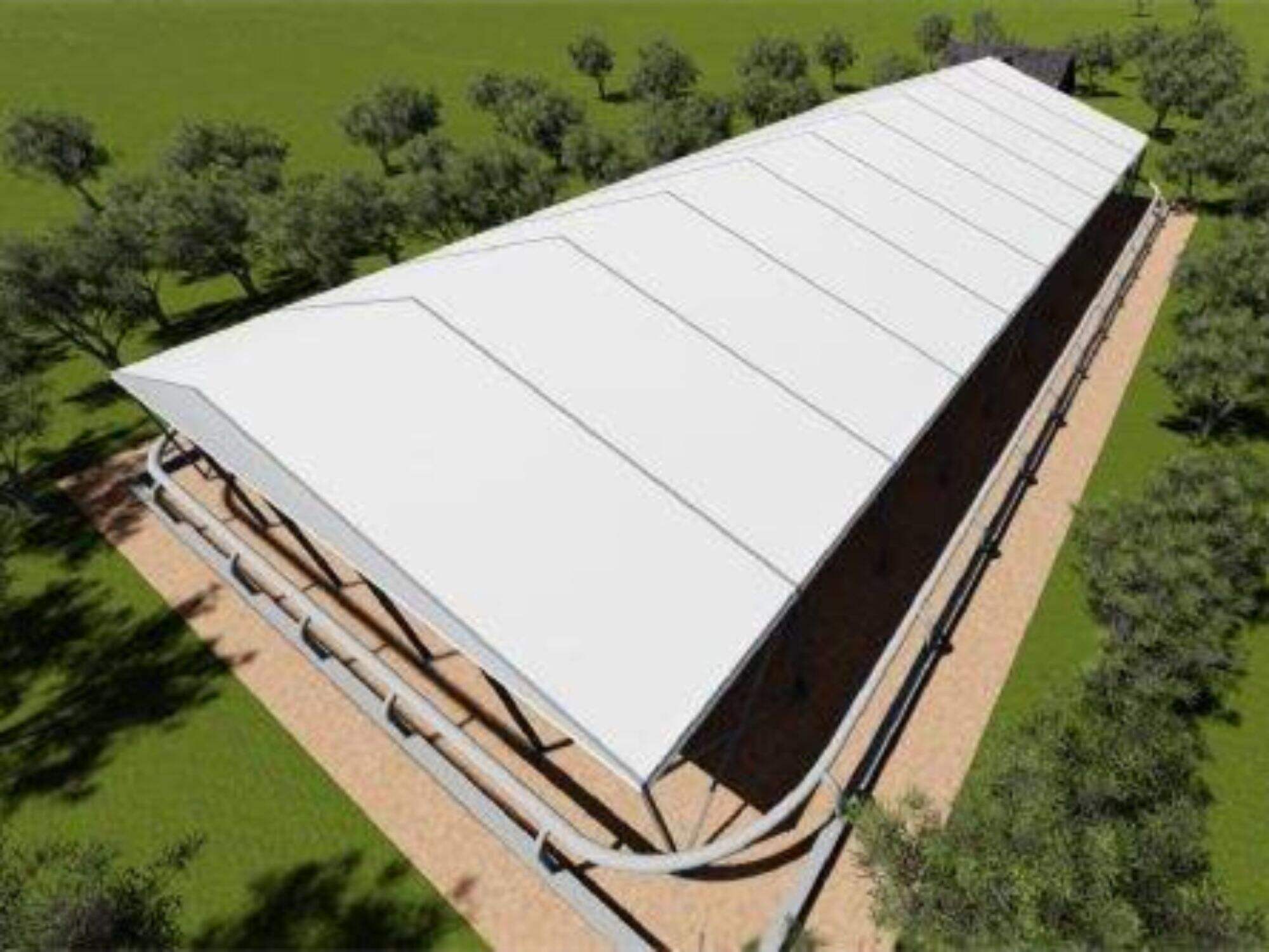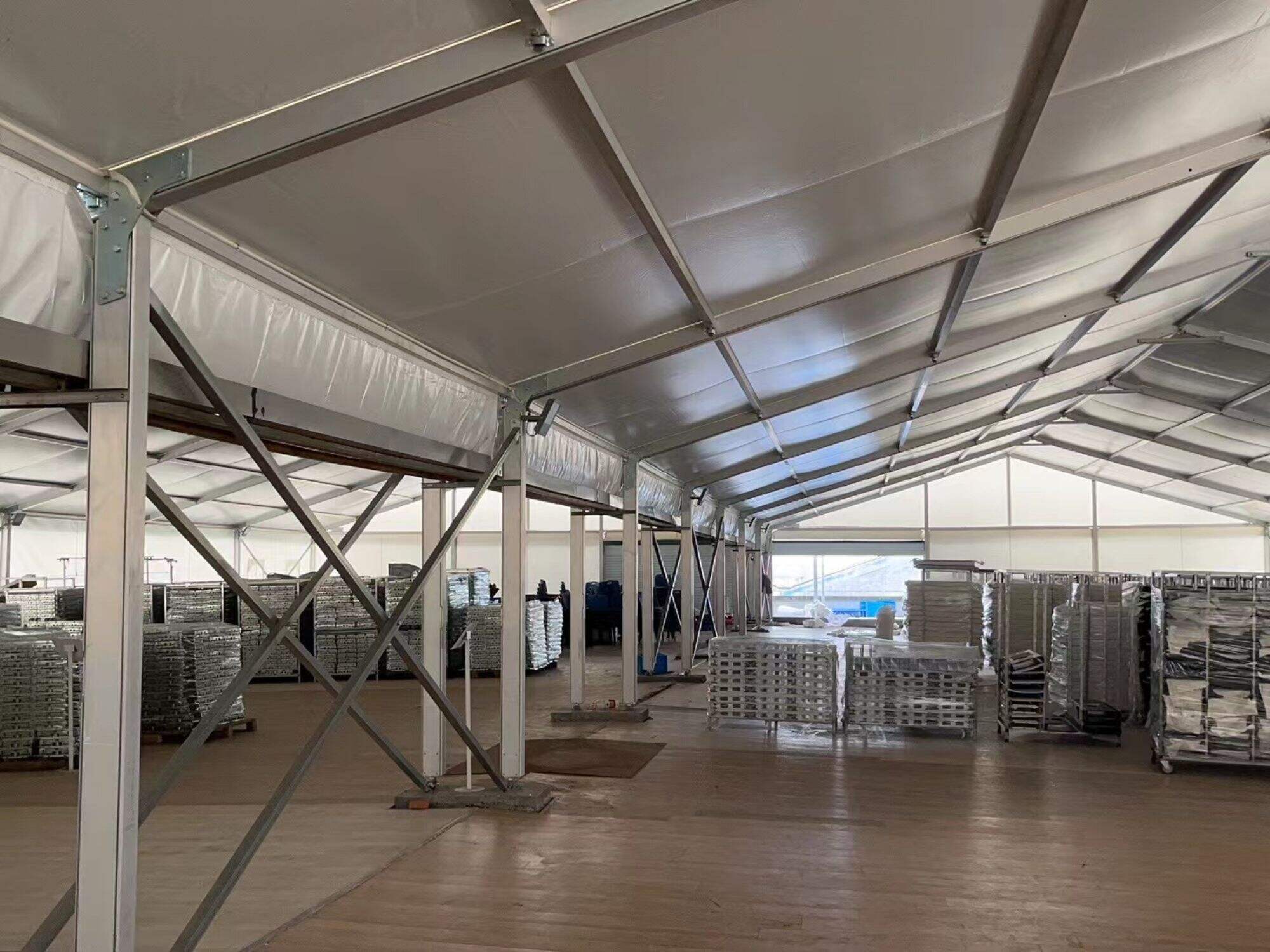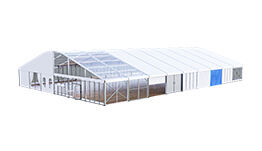What specific fire prevention measures should be implemented to ensure the safety of tents?
As temporary structures, tents offer convenience and flexibility for various events, but they also pose certain fire risks. To ensure the safe use of tents, the following fire prevention measures are recommended. Implementing these measures can help reduce the risk of tent fires and protect the safety of people and property. However, it is important to adjust and supplement these measures based on specific circumstances to meet actual needs.
1. Selection of Tent Materials
- Fire-resistant Materials: Choose materials with flame-retardant properties, such as waterproof and fire-resistant polyester or nylon. These materials are less likely to catch fire or spread flames when exposed to a heat source, thereby enhancing the fire safety of the tent. The tent fabric should meet the international M2 fire resistance standard to effectively prevent the spread of fire.
2. Internal Management Measures
- Prohibition of Open Flames: Open flame devices, such as stoves or candles, are prohibited inside the tent to prevent fires. If heating equipment like stoves must be used, they should be enclosed and equipped with a chimney. The chimney opening should have a fireproof cap or baffle to prevent sparks from escaping.
- Electrical Management: Ensure the safety of electrical wiring when using electrical devices inside the tent. Avoid unauthorized wiring connections and the use of high-power electrical devices to prevent overloading the circuits, which could cause a fire.
3. Fire Safety Equipment
- Fire Extinguishers: Adequate fire extinguishers should be placed inside the tent. The maximum protection distance of a fire extinguisher should not exceed 20 meters. If possible, a fire water pool should be set up, or outdoor fire hydrants and hydrant boxes should be installed along the main roads inside the tent, ensuring quick access to water in case of a fire.
4. Additional Fire Safety Measures
- Maintain Clear Fire Lanes: Ensure that fire lanes are unobstructed when setting up the tent, allowing for rapid evacuation and firefighting if a fire occurs.
- Reasonable Exit Placement: The tent’s exits should be reasonably placed to facilitate emergency evacuation and prevent situations where people cannot escape during a fire.
- Develop an Emergency Plan: A fire emergency plan for the tent should be developed, specifying evacuation routes and firefighting methods to ensure a quick and orderly response in the event of a fire.
By implementing these measures, the risk of fire in tents can be significantly reduced, ensuring the safety of lives and property. However, these measures should be further adjusted and refines according to the specific circumstances.
Hot News
-
Enhancing the Effectiveness of Wedding Marquees
2024-09-07
-
Why are event tents becoming more and more popular in various outdoor activities?
2024-07-29
-
What specific fire prevention measures should be implemented to ensure the safety of tents?
2024-08-30
-
Pagoda Tent for Outdoor Event Wedding Party Exhibition Aluminium Frame Tent
2024-09-28
 EN
EN
 AR
AR
 FR
FR
 DE
DE
 JA
JA
 KO
KO
 PT
PT
 RU
RU
 ES
ES
 TH
TH

